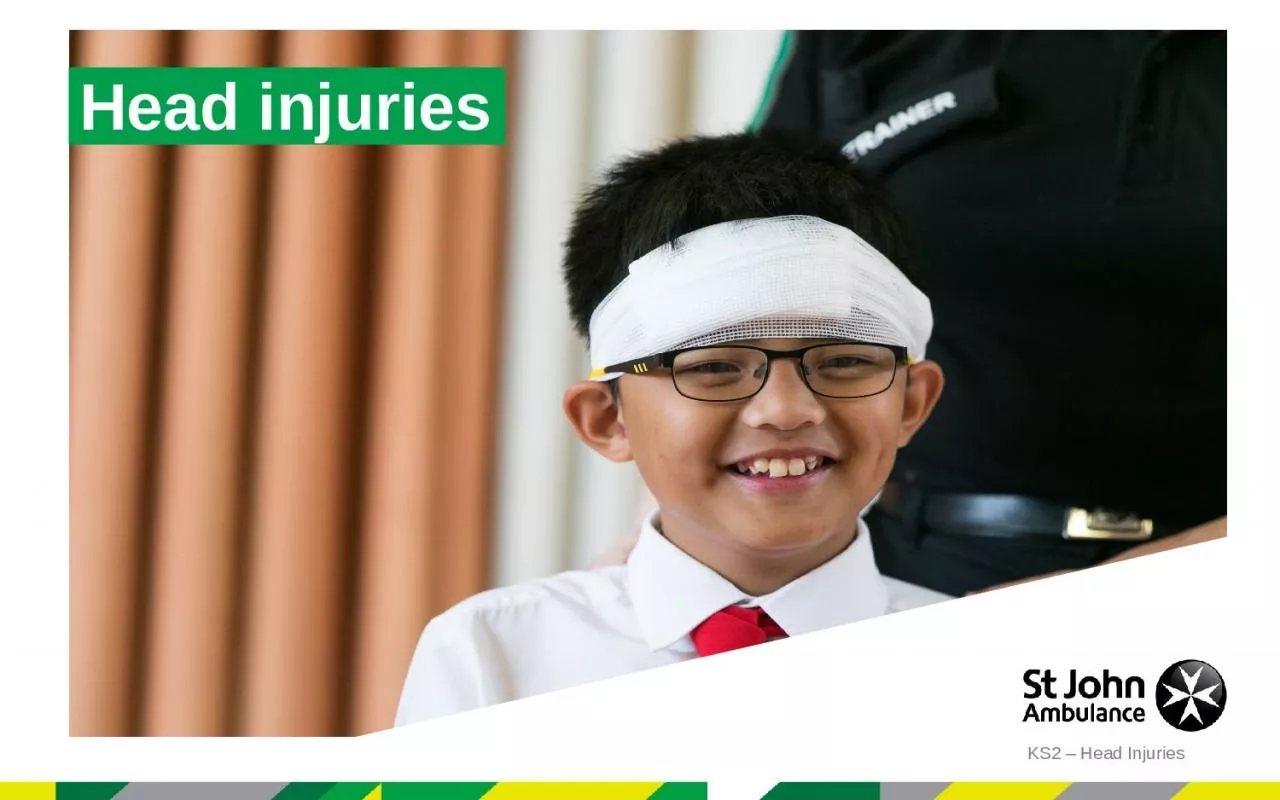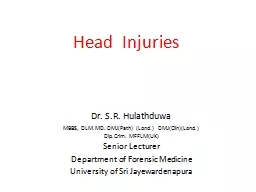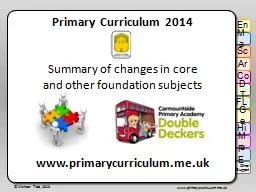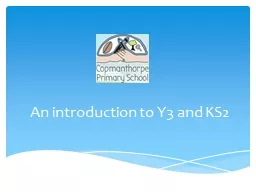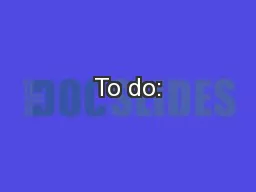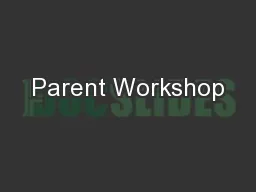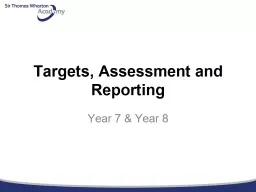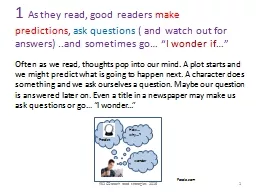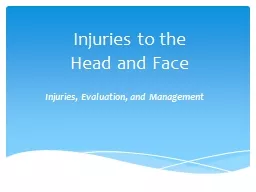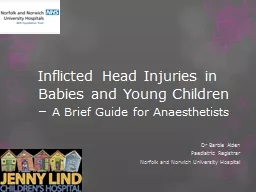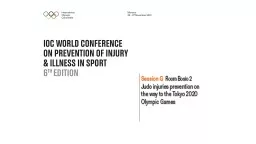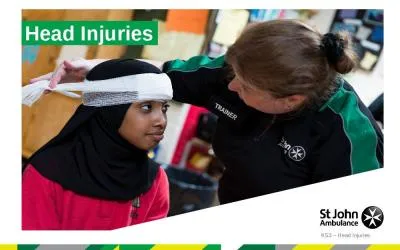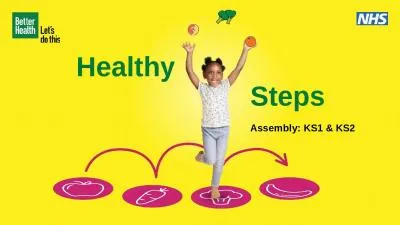PPT-Head injuries KS2 – Head Injuries
Author : osullivan | Published Date : 2022-06-28
Head injuries A short course to learn how to help someone who has a head injury Learning outcomes I can identify a minor or major head injury I can give first aid
Presentation Embed Code
Download Presentation
Download Presentation The PPT/PDF document "Head injuries KS2 – Head Injuries" is the property of its rightful owner. Permission is granted to download and print the materials on this website for personal, non-commercial use only, and to display it on your personal computer provided you do not modify the materials and that you retain all copyright notices contained in the materials. By downloading content from our website, you accept the terms of this agreement.
Head injuries KS2 – Head Injuries: Transcript
Download Rules Of Document
"Head injuries KS2 – Head Injuries"The content belongs to its owner. You may download and print it for personal use, without modification, and keep all copyright notices. By downloading, you agree to these terms.
Related Documents

